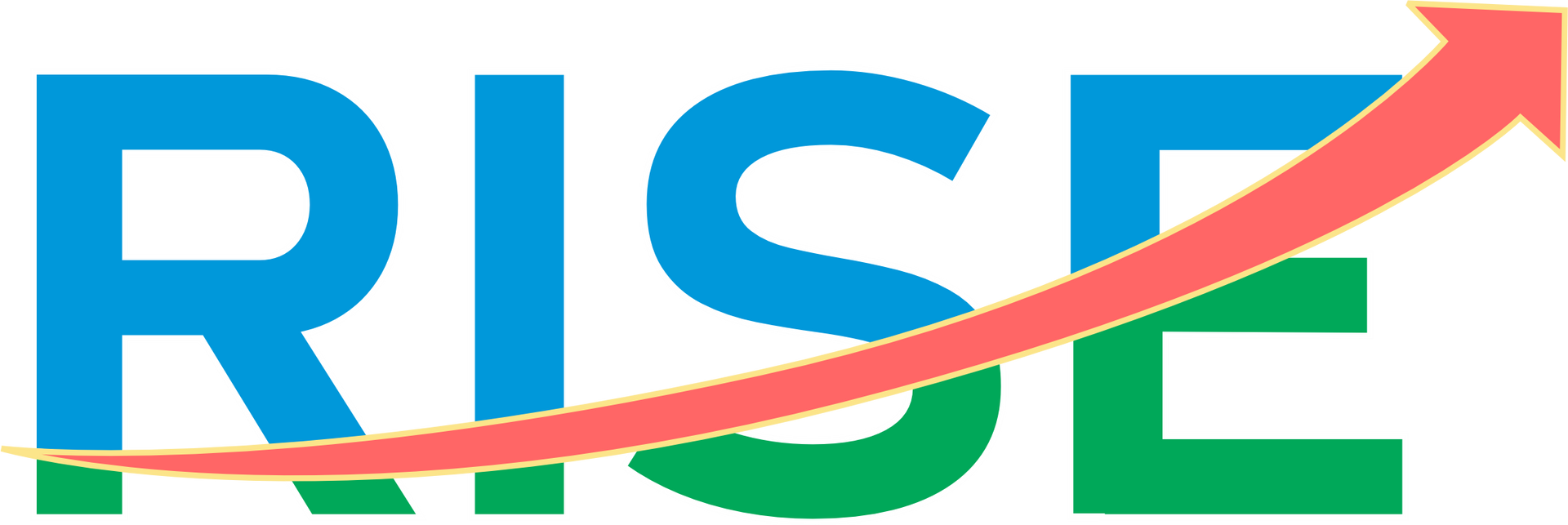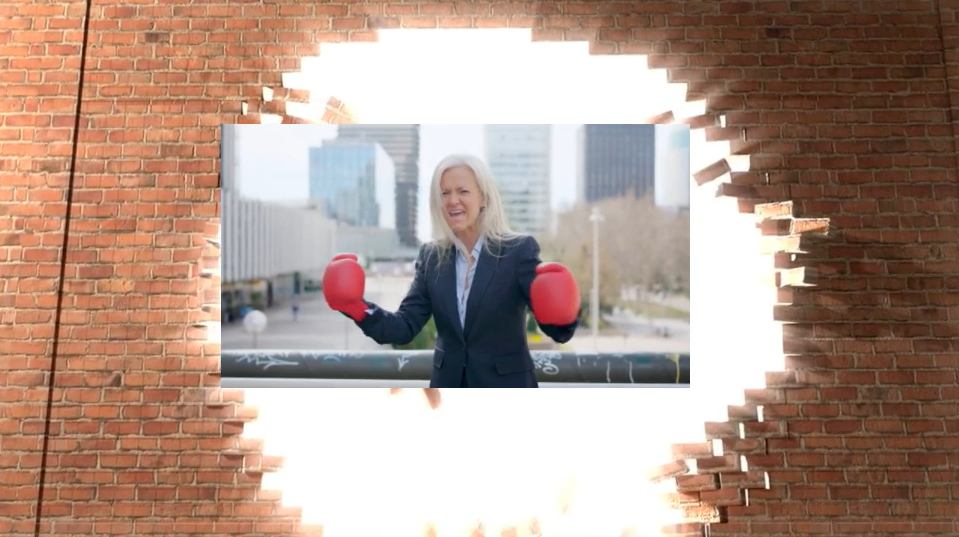Mastering the Art of Time: A guide to getting everything done!
Not enough time in your day?

In the canvas of life, each day is like a fresh painting, and time is the brush we hold in our hand. But often, we find ourselves racing against the clock, trying to squeeze in every task, every goal, every little thing we hope to accomplish. The question then arises: How do we find enough time in the day to get everything done?
The Illusion of Time Scarcity
First, let’s address the elephant in the room—time scarcity. It’s the feeling that there’s never enough time, no matter how early we rise or how late we retire. But what if I told you that time scarcity is often an illusion, a mirage in the desert of productivity?
The illusion of time scarcity is merely the perception that we don’t have enough time to do all the things we want or need to do. This feeling can be pervasive and stressful, but it’s often based on our mismanagement of time rather than an actual lack of time. Here are some insights:
- Perceived vs. Actual Time: We often overestimate how busy we are, which can lead to the feeling that we’re constantly running out of time. This perception can be more powerful than the reality of our schedules.
- Technology and Time: Advances in technology have made many tasks quicker and easier, yet we still feel busier than ever. This paradox suggests that our relationship with time has changed, and we might not be using our saved time as effectively as we could.
- Cultural Influence: In many cultures, being busy is often equated with being important or successful, which can pressure us into filling our time with activities, even if they’re not all necessary or fulfilling.
- Mindfulness and Time: Practicing mindfulness can help combat the illusion of time scarcity. By being present and focused on the task at hand, we can use our time more efficiently and feel less rushed.
- Time Affluence: The concept of time affluence refers to the feeling of having plenty of time, which is associated with greater well-being. It’s the opposite of time scarcity and can be achieved by prioritizing, delegating, and saying no to non-essential tasks.
Understanding the illusion of time scarcity can help us take control of our time and use it in ways that align with our values and goals, leading to a more balanced and fulfilling life.
The Secret of Prioritization
The secret lies in prioritization. Imagine your day as a jar, and your tasks as a mix of sand, pebbles, and rocks. If you start with the sand (the small, less important tasks), you’ll never have room for the rocks (the big, more crucial tasks). But if you place the rocks first then the pebbles and lastly the sand, the pebbles and sand will find their way into the remaining spaces.
The secret of prioritization is a fundamental skill that can transform how you manage tasks and time. It’s about identifying what’s truly important and ensuring those tasks get your attention before others. Here are some key aspects of effective prioritization:
- List Everything: Write down all tasks that need to be done. This helps clear your mind and provides a visual representation of your workload.
- Categorize by Importance: Assign a grade to each task (A, B, C, etc.), with ‘A’ being your rocks or the most critical. This method is used by successful entrepreneurs like Barbara Corcoran, of Shark Tank fame, to ensure the most impactful tasks are completed first.
- Connect Tasks to Goals: Ensure that daily tasks align with long-term goals. This keeps you focused on the bigger picture and prevents getting sidetracked by less important activities.
- Use the 1-3-5 Rule: On any given day, aim to complete one big task, three medium tasks, and five small tasks. This helps in managing expectations and setting realistic goals.
- Eliminate Excess: Once you’ve identified the most important tasks, be willing to remove or delegate the less critical ones. Brian Chesky, founder of Airbnb, is known for focusing on key tasks that catalyze the completion of others, and then avoiding the rest altogether.
- Time Audit: Regularly review how you spend your time. This can reveal patterns and help you make adjustments to focus more on high-priority tasks.
- Prioritization Tools: Utilize tools and frameworks like the Eisenhower Matrix, which helps you decide on and prioritize tasks by urgency and importance, sorting out less urgent and important tasks which you should either delegate or not do at all.
By mastering the art of prioritization, you can work more efficiently, reduce stress, and achieve your goals with greater precision. Remember, it’s not about having time; it’s about making time for what’s truly important.
The Power of ‘No’
Learning to say ‘no’ is a superpower. It’s the art of setting boundaries and understanding that not every opportunity or request deserves your time. By saying ‘no’ to the things that don’t align with your priorities, you say ‘yes’ to your goals and your well-being.
The power of ‘no’ is a crucial aspect of personal and professional development. It involves understanding and asserting your boundaries, which leads to a healthier balance in life. Here’s more:
- Self-Esteem and Mental Health: Saying ‘no’ can boost self-esteem and mental health by allowing you to set clear and consistent boundaries. It helps in avoiding overcommitment and stress.
- Empowerment: The act of saying ‘no’ can be empowering. It signifies taking control of your time and choices, leading to a more fulfilling life.
- Effective Communication: There are tactful ways to say ‘no’, such as the “sandwich method,” which involves framing the refusal between two positive statements. This can soften the impact and maintain relationships.
- Time Management: By saying ‘no’ to less important tasks, you free up time for what truly matters, improving productivity and satisfaction.
- Personal Policies: Establishing and committing to your own personal policies on what you will and won’t do can make it easier to say ‘no’ and stick to it.
- Relationships: Saying ‘no’ can actually strengthen relationships by setting healthy expectations and preventing resentment.
- Leadership: For leaders, saying ‘no’ is a sign of strength. It shows a commitment to priorities and can build trust within a team.
Remember, saying ‘no’ is not about being negative or uncooperative; it’s about respecting your own limits and focusing on what’s truly important to you.
The Magic of Routine
Routines are magical. They transform chaos into order, turning the abstract concept of time into a structured ally. By establishing a routine, you create a rhythm that guides your day, making it easier to manage your time and expectations.
The magic of routine lies in its ability to bring structure and predictability to our daily lives, which can have profound effects on our mental, emotional, and physical well-being. Here’s a deeper look into the benefits of establishing a routine:
- Stress Reduction: Routines can significantly lower stress levels by reducing the number of decisions you need to make each day. This allows you to conserve mental energy for more important tasks.
- Improved Sleep: Consistent sleep schedules are part of a healthy routine, contributing to better rest and overall psychological health.
- Healthier Eating Habits: By planning meals and grocery shopping, routines help you maintain a balanced diet, which is crucial for good physical health..
- Regular Physical Activity: A routine can ensure that you allocate time for regular exercise, which is essential for maintaining physical fitness.
- Better Mental Health: Engaging in a routine that includes time for activities you enjoy can lead to increased happiness and satisfaction.
- Enhanced Focus: With a routine, you’re more likely to complete tasks efficiently, leading to a sense of accomplishment and improved focus.
- Family Stability: For families, routines can provide a sense of security and stability, which is especially beneficial for children’s development and behavior.
- Coping with Change: Routines can help individuals cope with change by providing a framework of familiarity and control.
By embracing the magic of routine, you can create a more organized, productive, and fulfilling life. It’s about finding the right balance that works for you and sticking to it to reap the long-term benefits.
The Wisdom of Rest
Never underestimate the power of rest. It’s the silent guardian of productivity, the unsung hero of a well-spent day. Rest recharges your batteries, giving you the energy to tackle your tasks with renewed vigor.
The wisdom of rest is about recognizing the value of downtime for our overall well-being and productivity. Here’s a deeper understanding of why rest is so beneficial:
- Enhances Productivity: Rest can actually increase productivity. When we take breaks, we return to our tasks with renewed energy and focus.
- Boosts Creativity: Taking time to rest allows the brain to wander and engage in it's “default network,” which can lead to creative insights.
- Improves Mental Health: Regular rest can help reduce stress and prevent burnout, contributing to better mental health.
- Facilitates Learning: During rest, especially sleep, the brain processes and consolidates new information, which is essential for learning.
- Supports Physical Health: Quality rest is crucial for physical repair and recovery, helping maintain overall health.
- Promotes Emotional Well-being: Rest can improve mood and emotional resilience, making it easier to cope with daily challenges.
- Enhances Decision-Making: Rested individuals are more likely to make better decisions, as rest helps clear the mind and improve cognitive function.
Understanding and embracing the wisdom of rest can lead to a more balanced, productive, and fulfilling life. It’s not just about working hard but also about resting smart.
The Technology of Tools
Embrace technology and tools. From calendars to apps that block distractions, there’s a plethora of digital assistants waiting to help you manage your time more effectively.
There are various applications and software designed to help individuals and organizations plan, organize, and manage their time more effectively. Here’s more on this topic:
- Evolution of Tools: Time management tools have evolved from simple paper planners to sophisticated digital platforms. This evolution reflects our increasing need for efficiency in both personal and professional realms.
- Types of Tools: There are several categories of time management tools, including analog tools like planners and journals, digital tools like calendars and spreadsheets, mobile apps for on-the-go organization, and comprehensive computer software for project management.
- Popular Time Management Technologies: Some of the most popular technologies include Microsoft Outlook for email and calendar organization, Microsoft OneNote for note-taking and information gathering, and Microsoft To Do for task management. Other tools like Asana, Evernote, and Google Calendar are also widely used for various aspects of time management.
- Choosing the Right Tool: Selecting the right time management tool depends on individual needs and preferences. Some may prefer the simplicity of a digital calendar, while others might need the robust features of a project management platform.
- Implementing Tools: Best practices for implementing time management tools involve integrating them into your daily routine, customizing them to fit your workflow, and using them consistently to track and manage your time.
- Challenges and Solutions: While these tools are designed to enhance productivity, users may face challenges such as over-reliance on technology or becoming overwhelmed by too many features. The solution often lies in finding a balance and using tools that you can understand and will complement your natural working style.
- The Future of Time Management Tools: Advancements in technology promise to bring even more sophisticated time management solutions, potentially incorporating artificial intelligence and machine learning to predict and optimize how we allocate our time.
Time management tools are an integral part of modern life, helping us to navigate our busy schedules and make the most of our time. Whether through simple apps or complex software, these tools can significantly enhance our ability to focus, prioritize, and achieve our goals.
The Philosophy of Reflection
Finally, take time to reflect. At the end of each day, look back at what you’ve accomplished and what you haven’t. Learn from your successes and setbacks, and adjust your approach accordingly.
The philosophy of reflection in time management is about taking a step back to consider how we use our time and how we can improve our time management practices. It involves a conscious effort to assess and understand our habits, decisions, and outcomes related to time. Here’s more on the subject:
- Self-Awareness: Reflection helps in developing self-awareness about how we spend our time, which tasks consume most of our day, and what distracts us from achieving our goals.
- Continuous Improvement: By reflecting on our daily experiences, we can identify what works well and what does not, leading to continuous improvement in managing time.
- Learning from Mistakes: Reflection allows us to learn from past mistakes and avoid repeating them, thus saving time and increasing efficiency.
- Goal Alignment: It ensures that our daily actions are aligned with our long-term goals, making our use of time more intentional and purposeful.
- Decision-Making: Reflective practices can enhance decision making skills by providing clarity on which tasks should be prioritized.
- Stoic Philosophy: Stoic philosophers like Seneca emphasized the importance of reflecting on time as a finite resource and using it wisely to live a fulfilling life.
Incorporating reflection into time management is not just about looking back but also about planning forward with the insights gained from past experiences.
It all boils do to this
In conclusion, finding enough time in the day is a blend of strategy, psychology, and philosophy. It’s about understanding the value of each minute and using it wisely. So, take a deep breath, pick up your brush, and paint the day in the colors of efficiency and fulfillment.
What about dealing with the unexpected
Dealing with unexpected interruptions can be challenging, but here are some strategies to help you manage them effectively:
- Set Boundaries: Clearly communicate your availability to colleagues and family. Use tools like ‘Do Not Disturb’ modes during focus hours.
- Time Blocking: Allocate specific times for tasks and include buffer periods for potential interruptions.
- Prioritize Tasks: Focus on 'rocks' or high-priority tasks when you’re less likely to be interrupted.
- Embrace Flexibility: Accept that interruptions will happen and be willing to adjust your schedule accordingly.
- Stay Organized: Use your tools and keep a to-do list or planner to easily pick up where you left off after an interruption.
- Practice Mindfulness: Take a moment to breathe and refocus before addressing the interruption or returning to your task.
But Mike, what about all day interruptions you ask?
Lets face it, life happens and some days we just have to deal with it. Your child gets sick and can't go to school so you have to stay home to babysit. Or, your car breaks down so you can't run all those errands. It's gonna happen and you have to accept it and adjust.
When an unexpected event completely disrupts your day, it can be challenging to maintain composure and productivity. Here are some steps to help you handle such disruptions:
- Pause and Assess: Take a moment to understand the situation and its impact on your day.
- Re-Prioritize: Determine which tasks are still achievable and which ones need to be rescheduled.
- Adapt Your Schedule: Be flexible and adjust your plans to accommodate the disruption.
- Communicate: Inform relevant parties about the change in your availability or deadlines.
- Focus on Control: Concentrate on what you can control and let go of what you cannot.
- Take Action: Start working on the most critical tasks that are still manageable.
- Reflect and Learn: After the event, reflect on the experience to improve your response to future disruptions.
Remember, disruptions are often beyond our control, but how we respond to them is within our power. By staying calm and implementing these steps, you can navigate through unexpected events more effectively. It’s about finding a balance between being accessible and maintaining productivity.
Certainly these ideas aren't all mine. Indeed, the concepts I’ve shared are largely drawn from my research on the subject. I’m actively refining my approach and am committed to embodying the principles I advocate into my everyday life, but, personally am still working on the process and aim to practice what I preach!
Michael T. Cole
Ready to work with RISE DigitalRealty?
Let's connect! We’re here to help.
Send us a message and we’ll be in touch.
Or give us a call today at 843-321-8261
Agency Contact Form
More Marketing Tips, Tricks & Tools






